1. Overview of Ho Chi Minh Trail
The Ho Chi Minh Trail is a symbol of Vietnamese resistance and determination. The Ho Chi Minh Trail is more than just a road; it is a legendary network of paths, tracks, and jungle routes that played a pivotal role in Vietnam’s history. The Ho Chi Minh Trail stretches from Pac Bo (Cao Bang) in the North to Dat Mui (Ca Mau) in the South, passing through 30 provinces and cities across Vietnam. This route includes main and branch routes, with a total length of about 3,167km.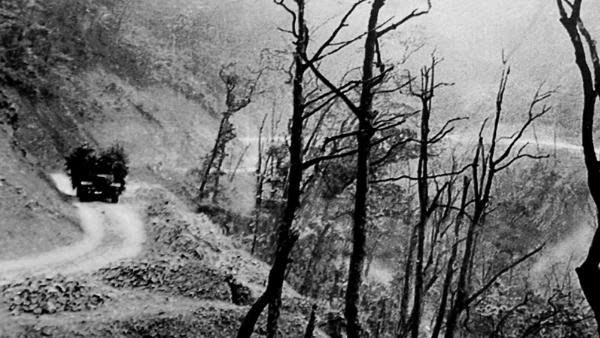 Today, the trail has become a unique route for history buffs and adventurers. For those who love hiking the Ho Chi Minh Trail, it is a great opportunity to step back in time and explore pristine natural landscapes. Hiking or cycling along the trails will reveal dense forests, mountain passes, hidden waterfalls and ethnic minority villages, offering visitors a rare glimpse of Vietnam, beyond the usual tourist trails.
The length of the Ho Chi Minh Trail makes it one of Southeast Asia’s most fascinating travel experiences. Few adventurers complete the entire route, so many opt for shorter hikes or motorbike trips that take in both the cultural heritage and the unspoiled natural beauty of the Annamite Mountains.
Today, the trail has become a unique route for history buffs and adventurers. For those who love hiking the Ho Chi Minh Trail, it is a great opportunity to step back in time and explore pristine natural landscapes. Hiking or cycling along the trails will reveal dense forests, mountain passes, hidden waterfalls and ethnic minority villages, offering visitors a rare glimpse of Vietnam, beyond the usual tourist trails.
The length of the Ho Chi Minh Trail makes it one of Southeast Asia’s most fascinating travel experiences. Few adventurers complete the entire route, so many opt for shorter hikes or motorbike trips that take in both the cultural heritage and the unspoiled natural beauty of the Annamite Mountains.
2. Best Hiking Routes on the Ho Chi Minh Trail
For adventurous travelers, hiking the Ho Chi Minh Trail is one of the most immersive ways to experience Vietnam’s history and nature. Unlike conventional tourist routes, hiking this historic trail allows you to follow in the footsteps of the past while exploring landscapes that remain wild and untouched.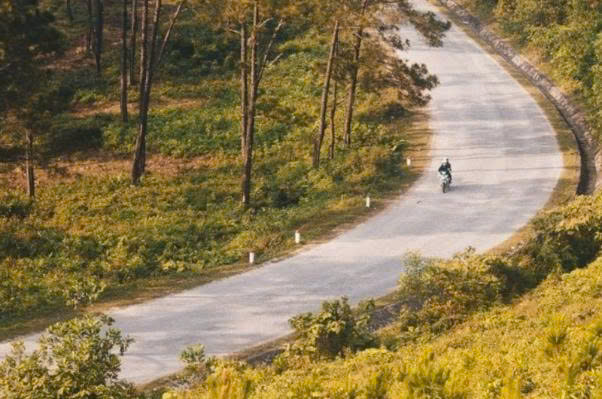 While hiking the Ho Chi Minh Trail, you will see dense forests, limestone mountains and winding rivers that served as camouflage for soldiers in the past. Along the way, hikers may also encounter ethnic minority communities that still live in remote villages scattered across the Truong Son mountain range. This makes hiking the Ho Chi Minh Trail not only an adventure but also a cultural exchange where you can learn about traditional ways of life that have been preserved for generations.
Hiking the Ho Chi Minh Trail can range from short day hikes to longer expeditions. Some sections are rugged and challenging, requiring stamina and endurance, but hiking the trail is an enjoyable experience, offering visitors breathtaking views and a deeper connection to a trail steeped in Vietnamese history.
>>>> To minimize the pain and get recovery after trekking and hiking, check out our blog for a safe trip!
Because the Ho Chi Minh Trail is so long and complex, most visitors choose to hike specific sections rather than the entire route. Here are some of the most popular hiking routes on the Ho Chi Minh Trail:
While hiking the Ho Chi Minh Trail, you will see dense forests, limestone mountains and winding rivers that served as camouflage for soldiers in the past. Along the way, hikers may also encounter ethnic minority communities that still live in remote villages scattered across the Truong Son mountain range. This makes hiking the Ho Chi Minh Trail not only an adventure but also a cultural exchange where you can learn about traditional ways of life that have been preserved for generations.
Hiking the Ho Chi Minh Trail can range from short day hikes to longer expeditions. Some sections are rugged and challenging, requiring stamina and endurance, but hiking the trail is an enjoyable experience, offering visitors breathtaking views and a deeper connection to a trail steeped in Vietnamese history.
>>>> To minimize the pain and get recovery after trekking and hiking, check out our blog for a safe trip!
Because the Ho Chi Minh Trail is so long and complex, most visitors choose to hike specific sections rather than the entire route. Here are some of the most popular hiking routes on the Ho Chi Minh Trail:
2.1. Khe Sanh and the DMZ Area (Quang Tri Province)
This area is famous for its war history. Hiking Ho Chi Minh Trail here allows you to explore important historical sites such as Khe Sanh Combat Base, the old Ta Con Airport, Vinh Moc Tunnels, the iconic Hien Luong Bridge and the Rockpile outpost.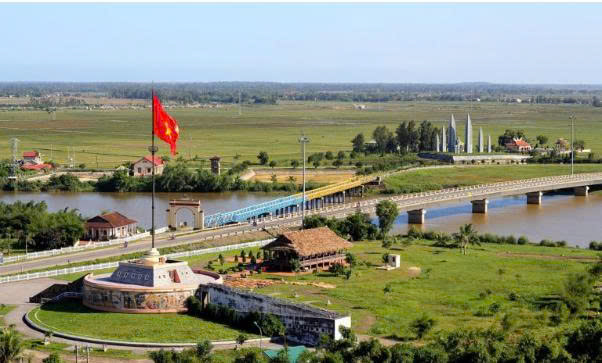 These landmarks, combined with the area’s majestic mountain scenery, make the Demilitarized Zone (DMZ) a fascinating destination. It is the ideal destination for travelers who want to combine adventure with a deeper understanding of Vietnam’s history.
These landmarks, combined with the area’s majestic mountain scenery, make the Demilitarized Zone (DMZ) a fascinating destination. It is the ideal destination for travelers who want to combine adventure with a deeper understanding of Vietnam’s history.
2.2. A Luoi – Hue to the Lao Border
 Located in the Truong Son mountain range, this route offers jungle hiking and exploration of ethnic minority villages. Hiking in A Luoi offers an authentic Ho Chi Minh Trail trekking experience, away from the mainstream tourist spots. Famous landmarks include the Battle of A Shau, the ruins of A Shau airport, Hamburger Hill (A Bia Mountain), A Don Tunnels, and Dong So Tunnels.
Natural attractions such as A Nor Waterfall, Pâr Le Stream and A Roang Primeval Forest also contribute to the landscape. This area is perfect for travelers who want to combine adventure with history, culture and breathtaking mountain scenery.
Located in the Truong Son mountain range, this route offers jungle hiking and exploration of ethnic minority villages. Hiking in A Luoi offers an authentic Ho Chi Minh Trail trekking experience, away from the mainstream tourist spots. Famous landmarks include the Battle of A Shau, the ruins of A Shau airport, Hamburger Hill (A Bia Mountain), A Don Tunnels, and Dong So Tunnels.
Natural attractions such as A Nor Waterfall, Pâr Le Stream and A Roang Primeval Forest also contribute to the landscape. This area is perfect for travelers who want to combine adventure with history, culture and breathtaking mountain scenery.
2.3. Phong Nha – Ke Bang National Park
A UNESCO World Heritage Site, Phong Nha boasts some of the most spectacular natural scenery along the Ho Chi Minh Trail. Visitors can hike through jungles, explore underground rivers and explore impressive caves such as Phong Nha Cave, Paradise Cave and Hang Son Doong, the world’s largest cave.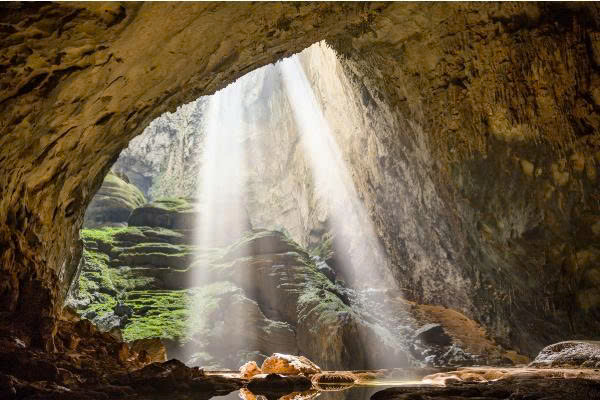 The area also boasts the stunning Chay River and Dark Cave, where adventure activities such as ziplining and mud bathing are popular.
The area also boasts the stunning Chay River and Dark Cave, where adventure activities such as ziplining and mud bathing are popular.
2.4. Kon Tum and the Central Highlands
The Central Highlands offers a unique perspective on the Ho Chi Minh Trail, where the journey combines natural beauty with rich cultural heritage. The region is famous for its rolling hills, lush coffee plantations and remote ethnic minority villages, offering an authentic hiking experience. While hiking the Ho Chi Minh Trail in Kon Tum, visitors can visit iconic sites such as Kon Tum Wooden Church, the historical battlefield of Dak To – Tan Canh, and the Indochina Junction, where Vietnam, Laos and Cambodia meet. The area also boasts stunning natural landscapes such as Yaly Lake and traditional craft villages of the Ba Na and Jarai people, offering insights into the unique culture and traditions of the Central Highlands.
For those looking for a hiking adventure on the Ho Chi Minh Trail, Kon Tum is a great stop to explore both history and nature, making it one of the most worthwhile stops on the trail.
The area also boasts stunning natural landscapes such as Yaly Lake and traditional craft villages of the Ba Na and Jarai people, offering insights into the unique culture and traditions of the Central Highlands.
For those looking for a hiking adventure on the Ho Chi Minh Trail, Kon Tum is a great stop to explore both history and nature, making it one of the most worthwhile stops on the trail.
2.5. Dak Nong to Cat Tien National Park
For travelers seeking to combine history, nature, and wildlife, the southern stretch of the Ho Chi Minh Trail from Dak Nong to Cat Tien National Park is a perfect choice. Hiking the Ho Chi Minh Trail here, you can explore stunning waterfalls such as Dray Nur and Dray Sap, as well as Ta Dung Lake, often called the “Ha Long Bay of the Central Highlands” thanks to its emerald waters and scattered islands.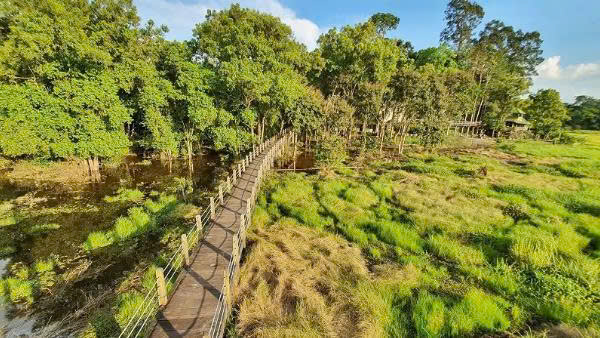 Cat Tien National Park itself is a UNESCO World Biosphere Reserve, home to rare species such as gibbons, Siamese crocodiles and ancient pine trees. Travelers can enjoy jungle hiking, bird watching and even night safaris to experience the park’s rich biodiversity.
Whether you choose a short hiking trip in the North or a longer expedition in the Central Highlands, these routes highlight the diversity and beauty of hiking the Ho Chi Minh Trail. Each leg offers something different, from war relics to natural wonders making it a must-see destination for anyone seeking adventure travel in Vietnam.
Cat Tien National Park itself is a UNESCO World Biosphere Reserve, home to rare species such as gibbons, Siamese crocodiles and ancient pine trees. Travelers can enjoy jungle hiking, bird watching and even night safaris to experience the park’s rich biodiversity.
Whether you choose a short hiking trip in the North or a longer expedition in the Central Highlands, these routes highlight the diversity and beauty of hiking the Ho Chi Minh Trail. Each leg offers something different, from war relics to natural wonders making it a must-see destination for anyone seeking adventure travel in Vietnam.
